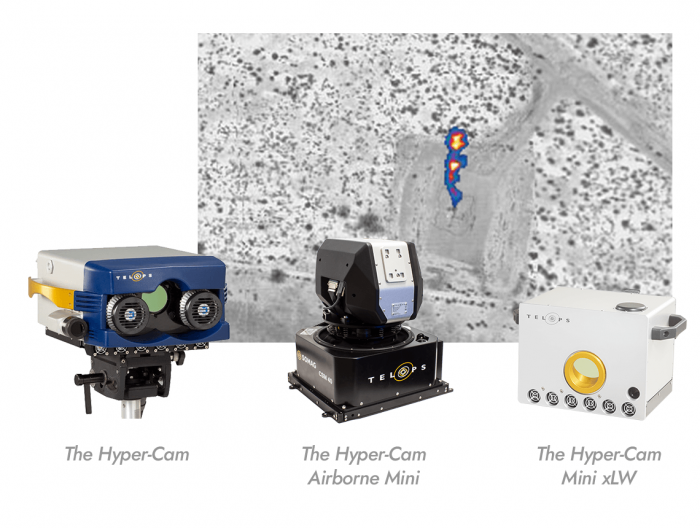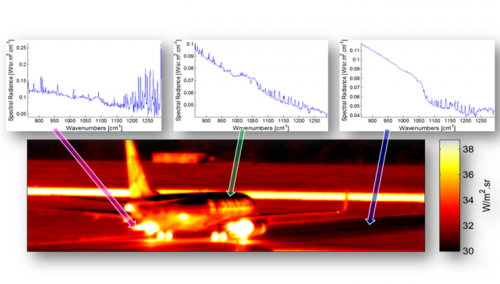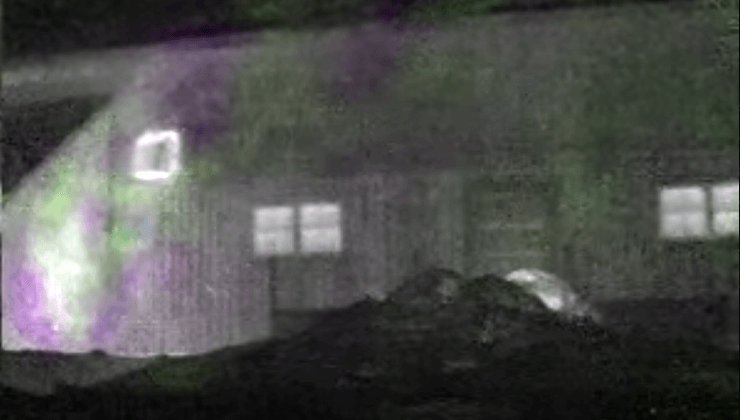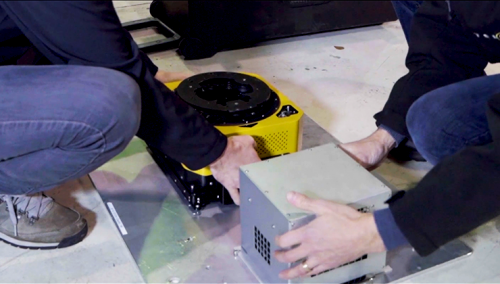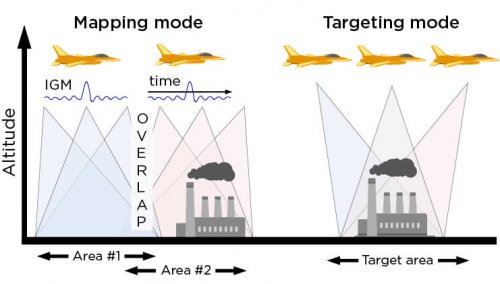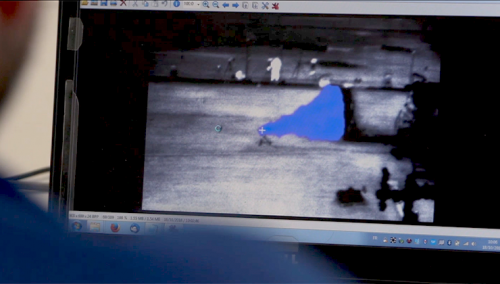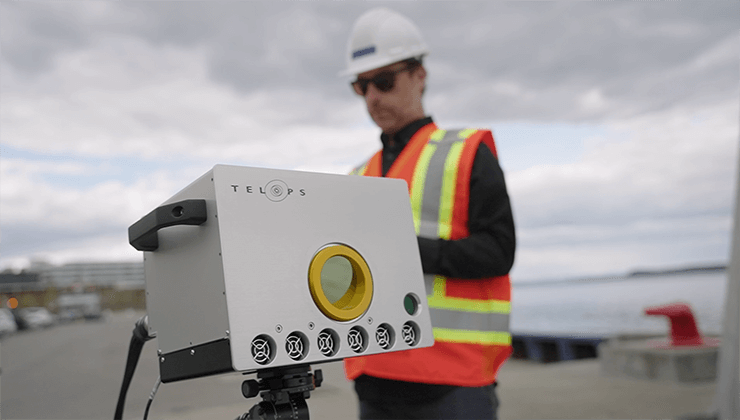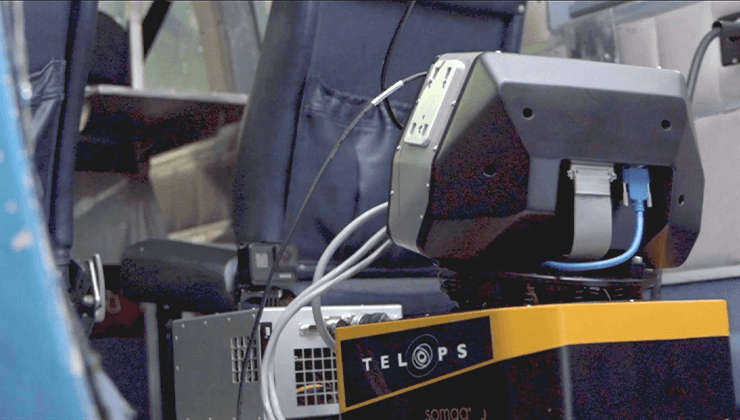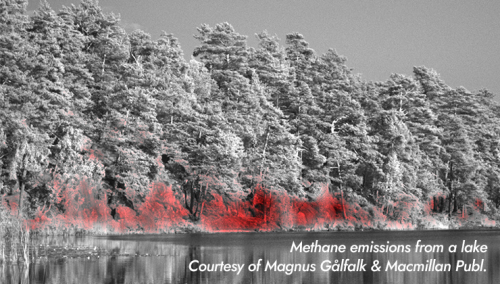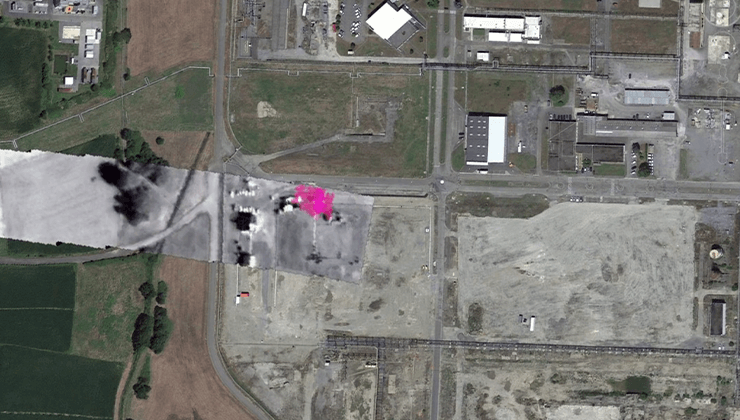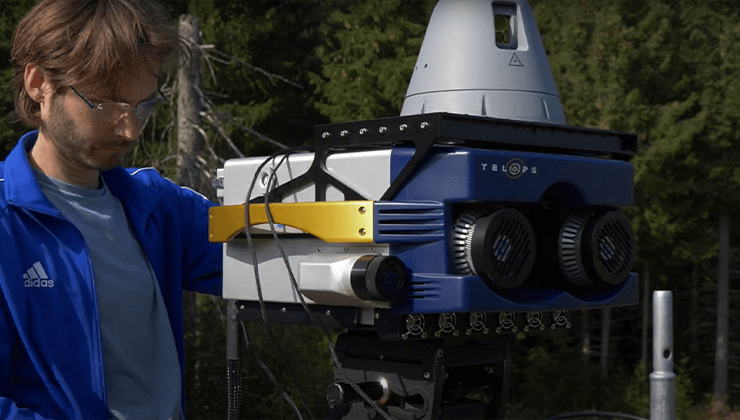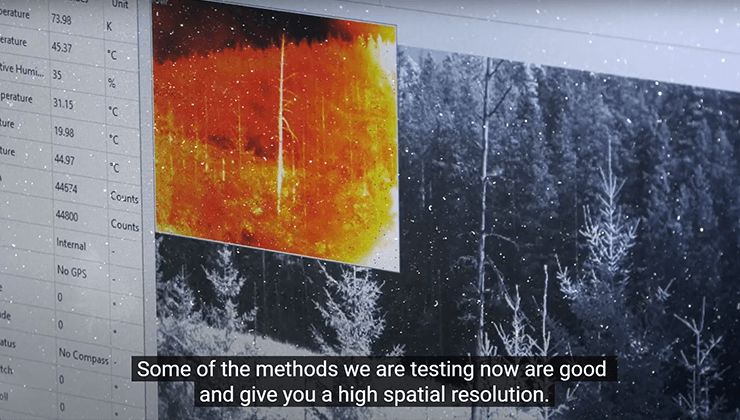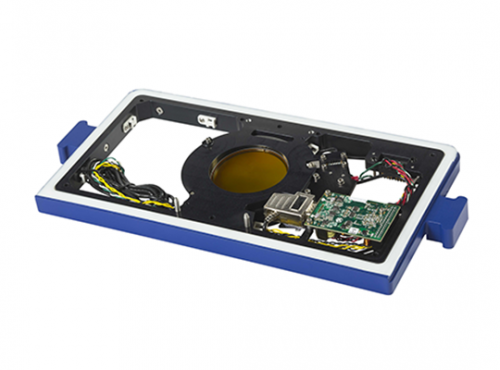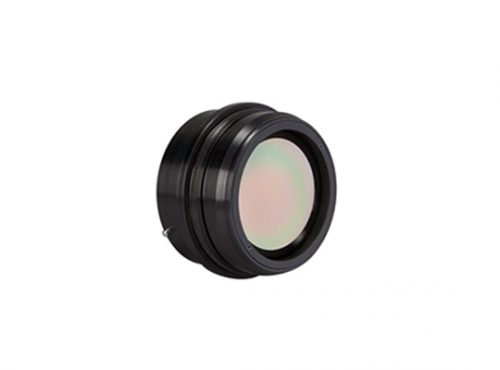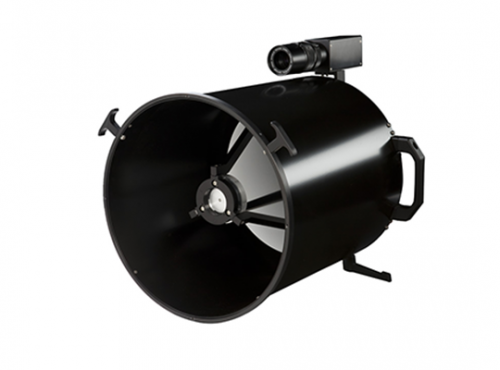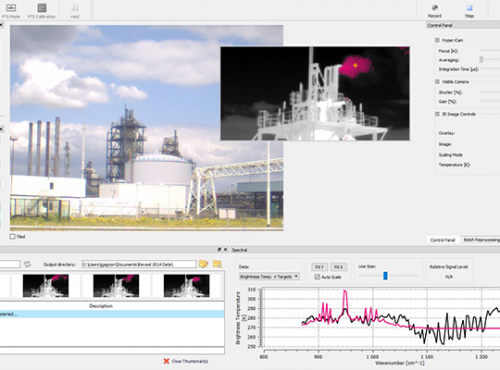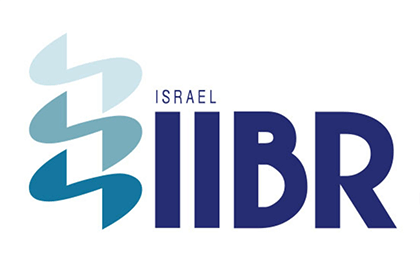The Hyper-Cam is an advanced passive infrared hyperspectral imaging system that combines high spatial and spectral resolution. It provides real-time radiometrically calibrated data for gas and mineral detection and identification. It is offered in ground-based format, but also as a compact airborne hyperspectral imaging system: the Hyper-Cam Airborne Mini.
The Hyper-Cam Airborne Mini is a revolutionary hyperspectral imaging system that is designed to fit small aircrafts and other compact vehicles. This lightweight imaging sensor is a versatile tool for hyperspectral IR surveys, and a unique instrument for real-time gas detection, identification and quantification.
